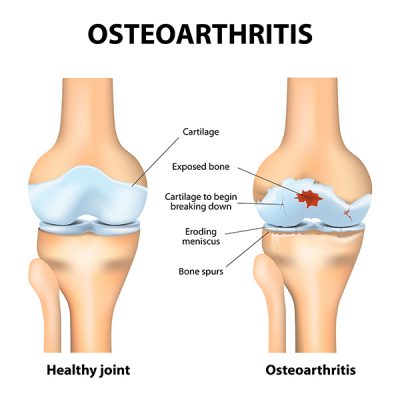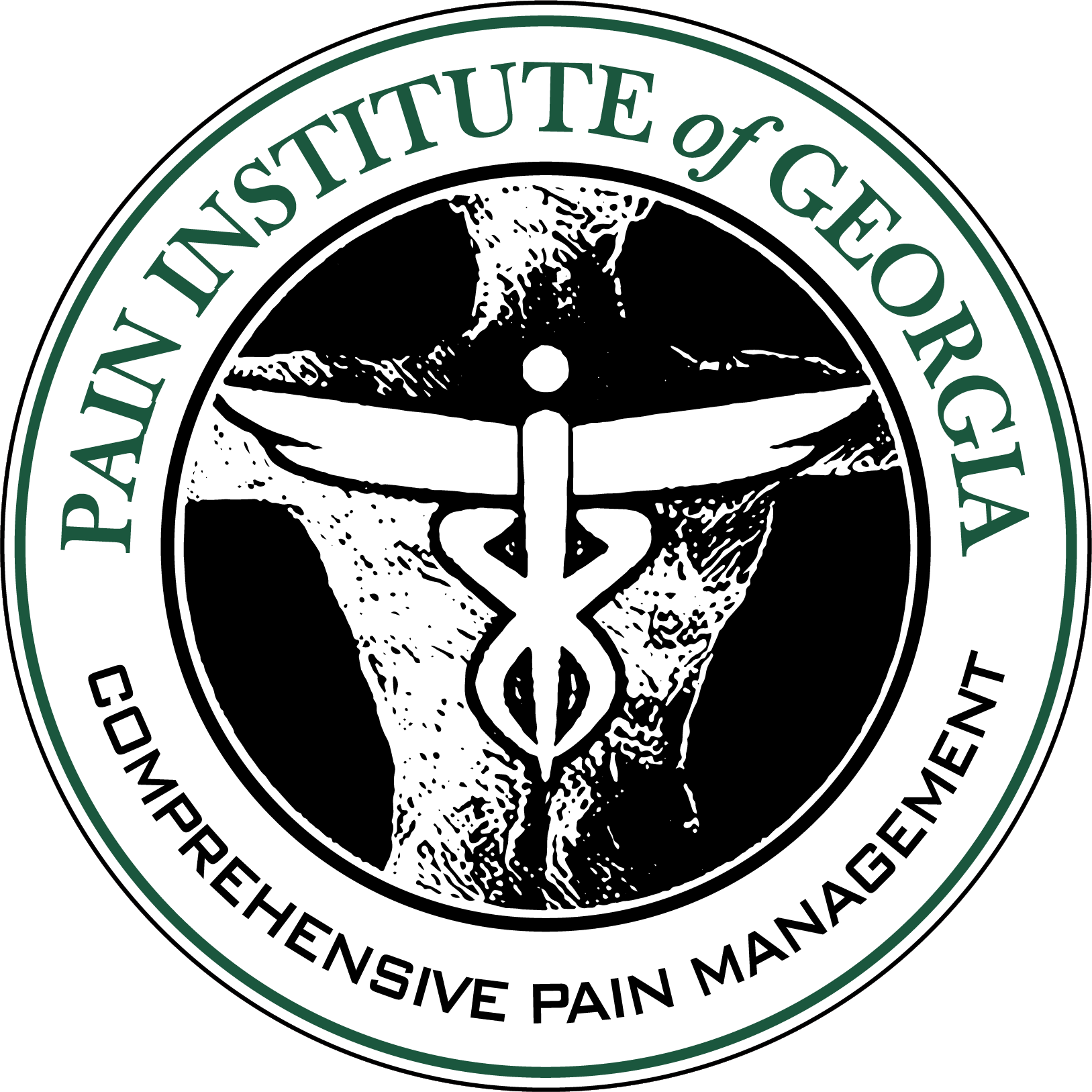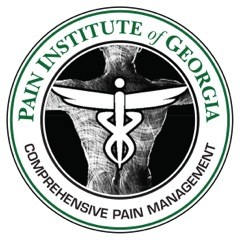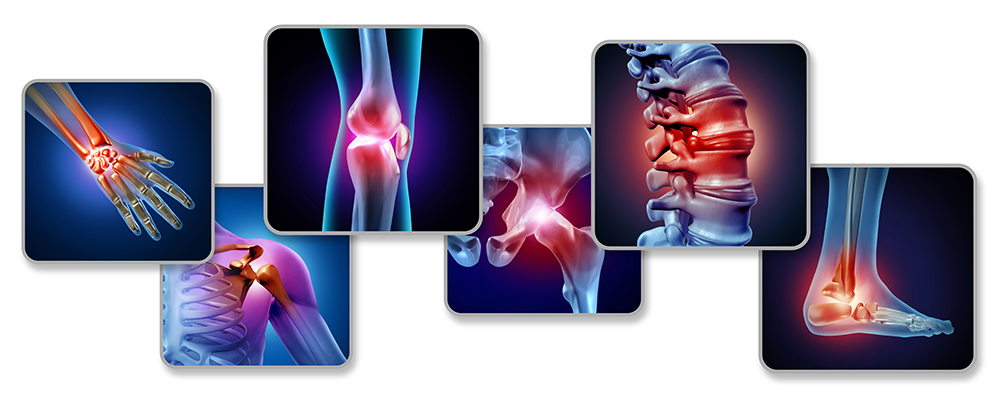Arthritis is a condition that affects millions of people all over the world. It is a painful and often debilitating condition that can make everyday activities difficult or impossible. While there is no cure for arthritis, there are a number of pain management options available.
Types of Arthritis
Arthritis is a general term used to describe a group of conditions that cause pain, inflammation, and stiffness in the joints. It is a common condition that affects people of all ages, genders, and races. There are many different types of arthritis, each with its own set of causes and symptoms.

The most common form is osteoarthritis. It usually affects the joints in the hands, knees, hips, and spine. Osteoarthritis is a degenerative disease that occurs when the cartilage breaks down. This can be caused by aging, injury, or overuse of the joints.
While osteoarthritis is the most common form of arthritis, there are many other types that can be just as debilitating. Here are the top five most surprising causes of arthritis:
1. Infection: Certain infections, such as Lyme disease, can cause arthritis.
2. Autoimmune disease: Autoimmune diseases, such as rheumatoid arthritis, can cause the body to attack the joints.
3. Obesity: Obesity can put extra strain on the joints, causing arthritis.
4. Poor diet: A diet high in sugar and processed foods can contribute to inflammation, which can lead to arthritis.
5. Stress: Stress can trigger the immune system to attack the joints, causing arthritis.
Treatments for Arthritis
There are a number of different arthritis treatments available, and the most appropriate one for you will depend on the type of arthritis you have, the severity of your symptoms, and your overall health.
1. Medications: Many types of medications can help manage arthritis symptoms, including non-steroidal anti-inflammatory drugs (NSAIDs), corticosteroids, disease-modifying antirheumatic drugs (DMARDs), and biologic response modifiers. Your doctor may prescribe medication based on the type and severity of your arthritis.
2. Physical therapy: Physical therapy and aquatic therapy can help reduce pain and stiffness in the joints, improve range of motion, and increase strength. Our physical therapists at the Pain Institute of Georgia can teach you exercises and techniques to manage your symptoms.
3. Occupational therapy: Occupational therapy can help you adapt your daily activities to reduce stress on your joints, such as by using assistive devices or modifying your home environment.
4. Joint injections: Injections of corticosteroids or hyaluronic acid can help reduce inflammation and pain in affected joints.
5. Surgery: In severe cases of arthritis, surgery may be necessary to replace damaged joints or repair injured tissues.
6. Lifestyle changes: Making certain lifestyle changes like losing weight, eating a healthy diet, and quitting smoking can help reduce arthritis symptoms.
7. Alternative therapies: Some people find relief from their arthritis symptoms with alternative therapies like acupuncture or massage therapy.


